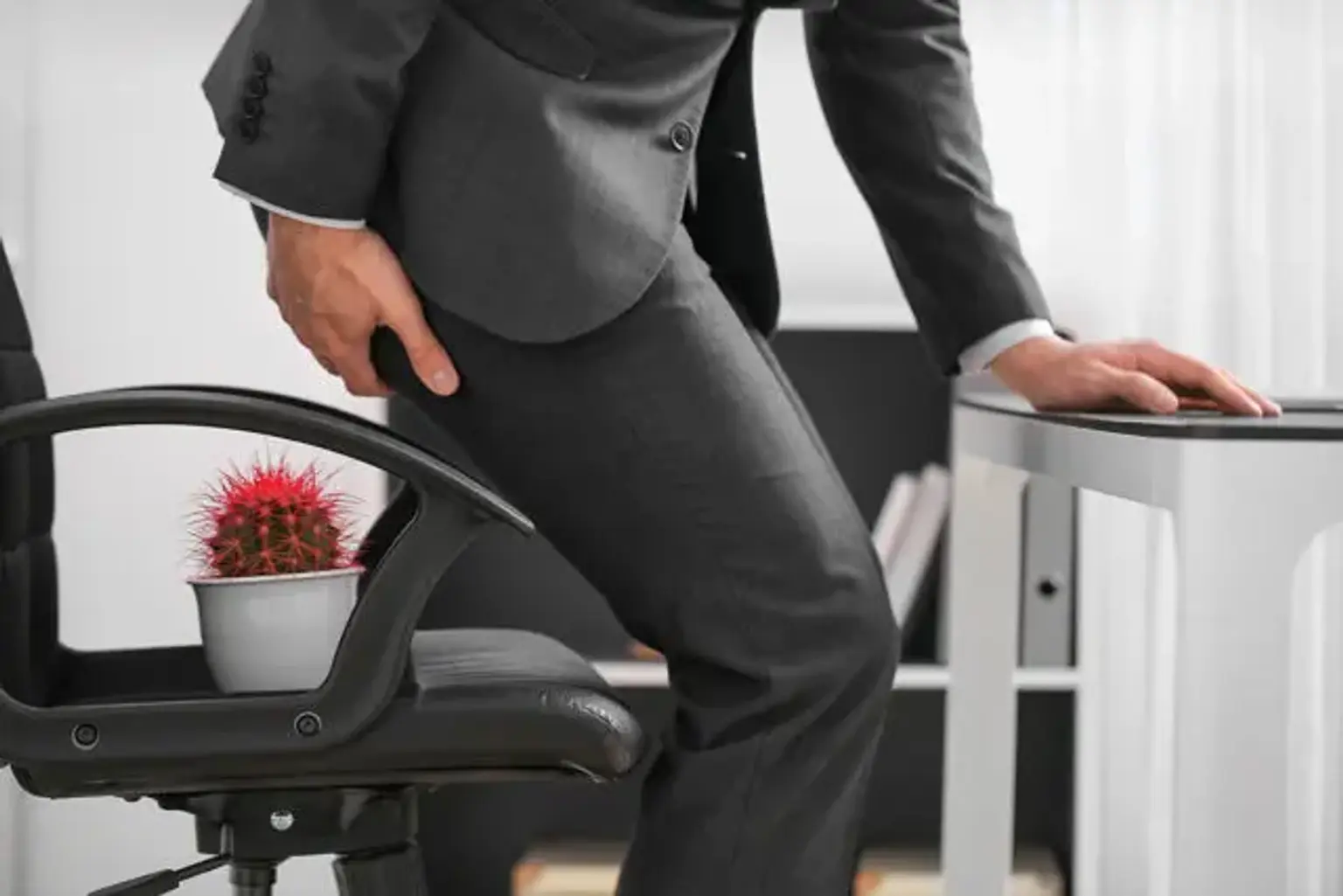Anal fissure
Anal fissure refers to a slight tear or cuts in the thin, moist tissue (mucosa) lining the anus. If you pass through large or hard stools during a bowel movement, an anal fissure can form. Pressure and bleeding associated with bowel movements are the common indications of anal fissure. Spasms in the muscle ring at the end of the anus are also possible (anal sphincter).
Typically, anal fissure is more common in children, but they can as well occur to anyone at any age. Simple remedies, like increasing fiber intake and sitz baths, can help with the healing of the most anal fissure. However, an anal fissure can sometimes require medication or surgery in rare cases.
Signs and Symptoms of Anal Fissure
An anal fissure can lead to one or more symptoms such as;
- A noticeable tear on the skin surrounding the anus
- A sudden pain around the anal region, especially during bowel movements
- A minute lump on the skin or a skin tag near the anal tear
- Blood streaks on the stool or the toilet paper following bowel movements
- Itchiness or burning around the anal region
Causes of Anal Fissure
The most common cause of an anal fissure is passing hard or large stools. Severe constipation or persistent diarrhea can damage the skin surrounding the anus. Other possible causes of anal fissure can include the following:
